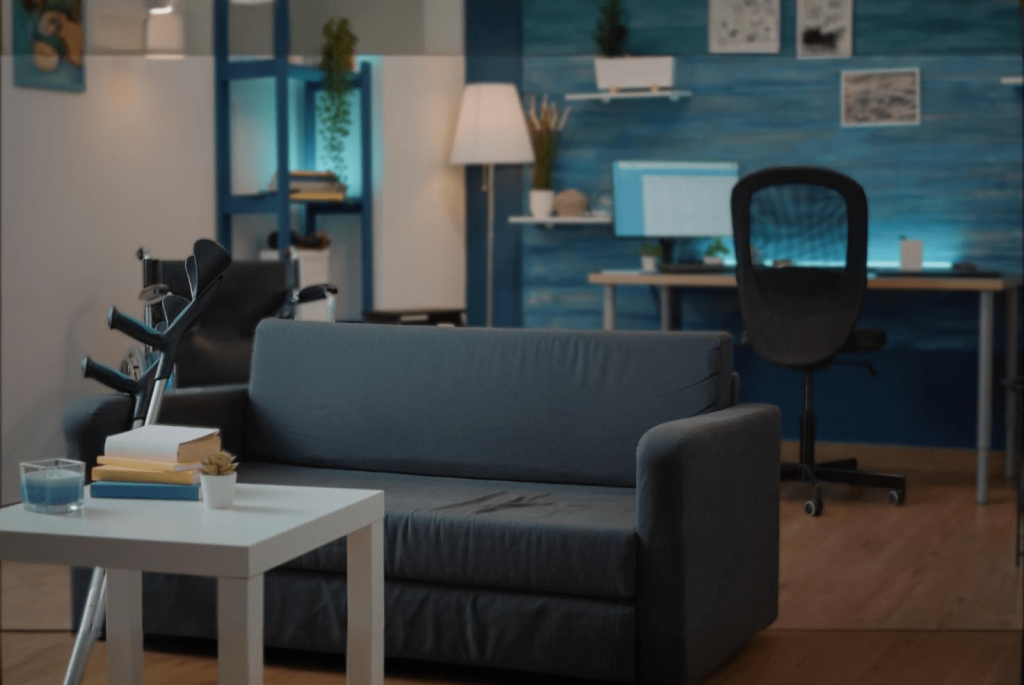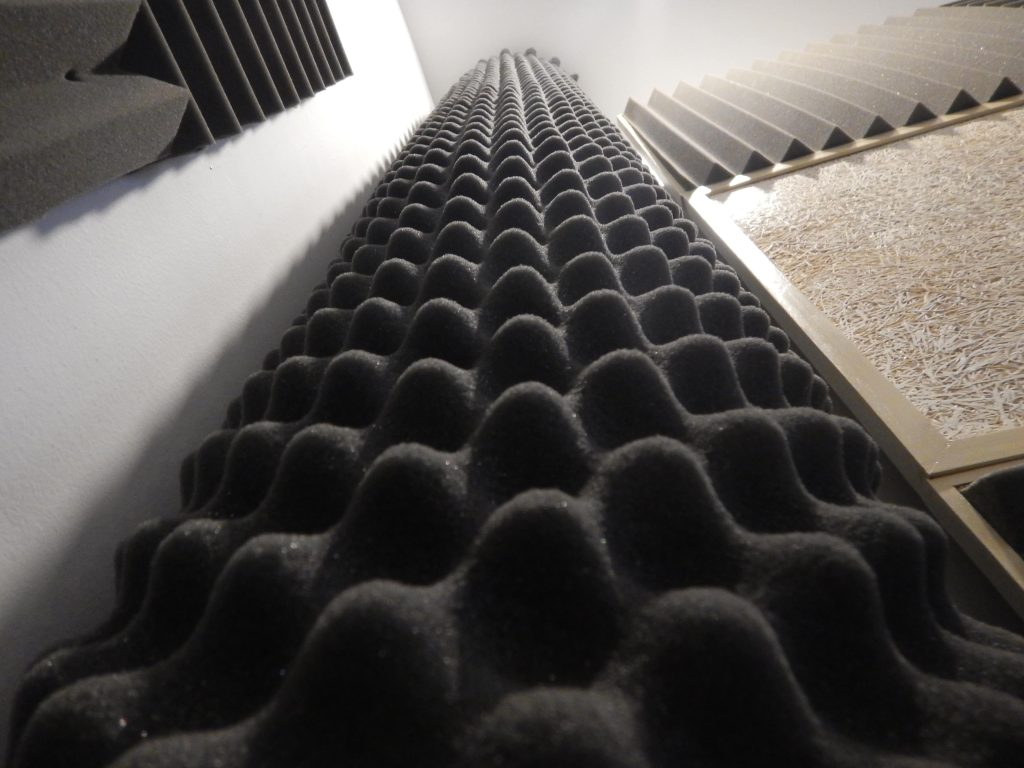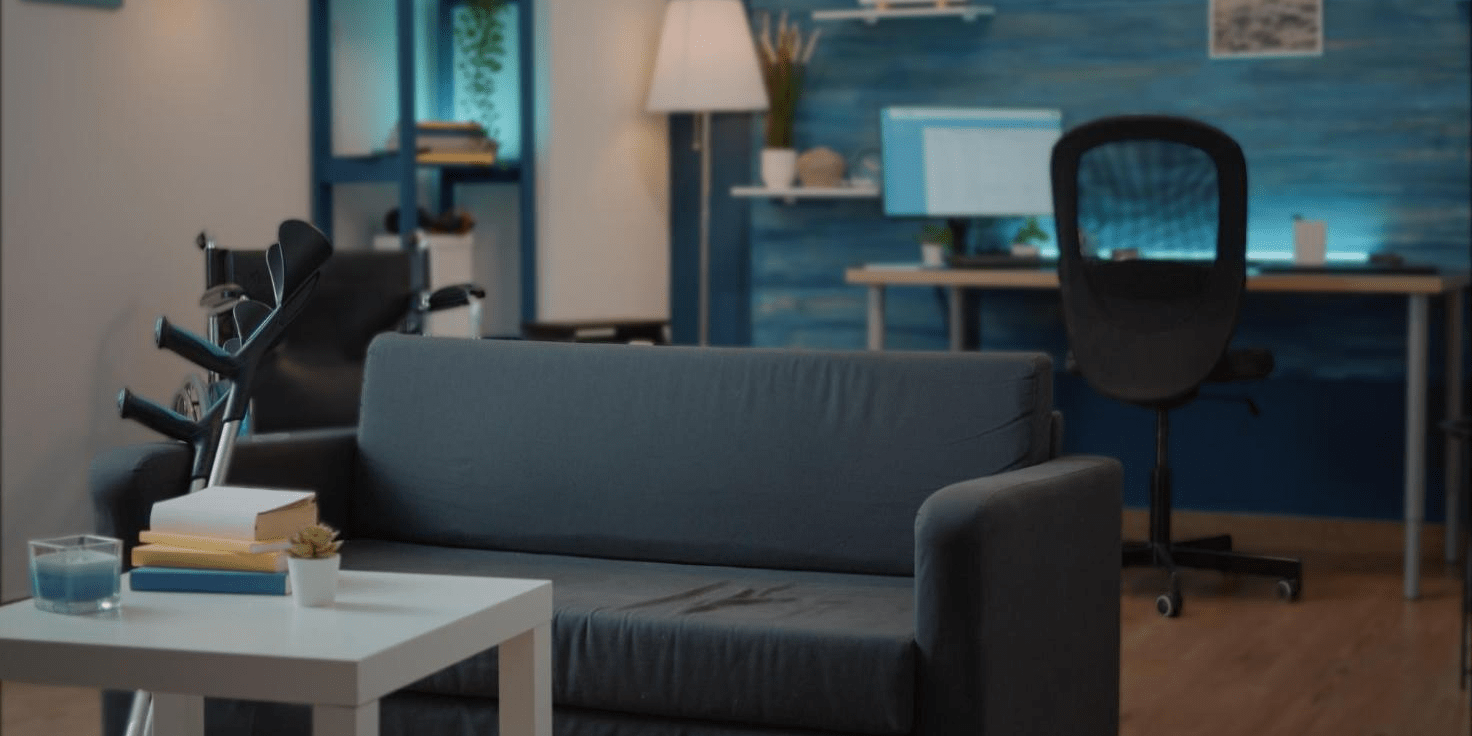
A quiet home is a must-have these days, not just a luxury. Even subtle background noise can wreck your comfort and productivity. Soundproofing offers a real solution, whether you’re creating a focused workspace, an immersive home theater, or simply seeking more privacy. This guide shows you how to get it done, covering everything from soundproofing walls, windows, and ceilings for long-term noise reduction to quick, budget-friendly fixes like acoustic panels and door seals. Inside, you’ll find the practical techniques, clear instructions, and cost-effective strategies you need to transform your home into a quieter, more comfortable place.
Why Soundproof a Room?
Soundproofing a room provides numerous benefits that enhance everyday living, improving both comfort and functionality. Whether you’re looking for better sleep, increased privacy, improved focus, or enhanced home acoustics, the right soundproofing solutions can make a significant difference.
Better Sleep
Noise pollution, especially in urban areas, can disrupt sleep patterns and impact overall health. By blocking out traffic, loud neighbors, and other unwanted sounds, soundproofing helps create a quieter environment for deeper, more restful sleep.
Increased Privacy and Noise Reduction
In homes and shared spaces, noise can easily travel through walls, airbricks, chimneys, and ventilation systems, compromising privacy. This is particularly concerning for home offices and bedrooms, where confidential conversations and personal moments should remain undisturbed. Soundproofing helps minimize sound leakage, ensuring greater privacy and reducing noise disturbances.
Improved Focus
A quiet environment is essential for productivity, whether you’re working from home, studying, or engaging in hobbies that require concentration. By reducing distractions from outside noise, soundproofing enhances focus, allowing for better efficiency and overall satisfaction.
Enhanced Home Acoustics
For music lovers, home theater enthusiasts, and anyone who values clear, high-quality sound, soundproofing plays a crucial role in optimizing acoustics. By controlling both external noise and internal sound reflection, it enhances the listening experience, making music, movies, and conversations more immersive.
Ideal Use Cases
Home Offices
As remote work becomes more common, having a quiet space is essential for productivity and professionalism during virtual meetings.
Bedrooms
Ensuring a quiet sleeping environment is crucial for health, making soundproofing a wise choice for nighttime tranquility.
Studios
Whether it’s for music, art, or recording, studios benefit immensely from soundproofing to ensure that the sound quality is preserved and external sound is blocked to maintain optimal audio quality.
Apartments
Apartment dwellers often struggle with noise from neighbors. Soundproofing specific walls or implementing floor and ceiling solutions can mitigate these issues and improve living conditions.
Can You Completely Soundproof a Room?
Achieving complete silence through soundproofing is a complex challenge, often influenced by various factors such as room construction and the type of noise. While completely eliminating every sound can be difficult primarily due to vibrations that are transmitted through walls, floors, and ceilings, significant noise reduction is certainly attainable and can drastically improve the comfort of any environment.
Challenges of Complete Soundproofing
Sound waves can travel not only through air but also via solid materials, a phenomenon known as structure-borne noise. Sound leakage through structural elements like airbricks, chimneys, and ventilation systems can complicate complete soundproofing by allowing noise to enter a room. This type of noise includes vibrations caused by footsteps, closing doors, or even external traffic noise, which can resonate through the structural elements of a building. Completely isolating a room from these vibrations requires meticulous engineering and design.
Achievable Solutions
- Sealing Gaps: One of the simplest yet most effective ways to reduce noise transmission is to seal all visible gaps around doors, windows, and floorboards with acoustic seals. This prevents air-borne sounds from leaking into or out of the room.
- Mass-Loading: Adding mass to walls, floors, and ceilings can significantly block sound transmissions. Materials like mass-loaded vinyl, extra layers of drywall, or specialized soundproofing panels can be used to add density to these structures, impeding the path of sound waves.
- Sound Absorption: This involves installing materials that absorb sound rather than blocking it. Acoustic panels, foam tiles, and thick carpets can help sound absorption vibrations within the room, reducing the overall noise level and improving sound quality.
Professional Solutions for Complete Isolation
Soundproofing your room can significantly enhance your living or working environment by reducing unwanted noise. Here is a practical guide on how to achieve effective noise reduction through several steps. This advice draws upon the collective experience and knowledge of acoustical experts to ensure effectiveness and reliability.

Step-by-Step Guide to Soundproofing a Room
1. Sealing Gaps and Openings
Creating a tight seal in your room is the first and most crucial step in soundproofing:
- Weatherstripping and Door Sweeps: Install weatherstripping around the door frame to seal any gaps when the door is closed. Attach a door sweep to the bottom of the door to block sound from entering or escaping under the door.
- Double-Glazed or Storm Windows: If you’re dealing with noise from outside, consider installing double-glazed or storm windows to create an additional barrier against sound. Seal any remaining gaps around window frames with high-quality caulking to prevent air (and sound) leaks.
- Foam Sealants: Use foam sealants to fill and seal cracks and openings in walls and ceilings. This helps block pathways through which sound can travel, effectively dampening noise transmission.
2. Enhancing Doors and Windows
Improving the structure of doors and windows can further reduce sound transmission:
- Solid-Core Doors: Replace hollow-core doors with solid-core alternatives, which are denser and better at blocking sound.
- Noise-Reducing Curtains: Hang thick curtains over soundproof windows and even doors to help reduce noise. These curtains absorb sound waves and significantly dampen noise from both inside and outside.
3. Walls and Ceilings with Acoustic Panels
Addressing walls and ceilings is key to diminishing airborne noise in rooms with existing walls:
- Mass-Loaded Vinyl and Layered Drywall: Install mass-loaded vinyl for its high mass and sound-blocking properties. Alternatively, add a layer of drywall using Green Glue, a noise-proofing compound that dampens vibrations between the layers. These techniques are particularly effective for soundproofing existing walls.
- Acoustic Panels: Mount acoustic panels on walls to absorb sound. These panels can also add an aesthetic element to your room.
- Ceiling Insulation: Apply special soundproofing materials like rock wool or acoustic foam to ceilings to prevent sound transmission between floors.
4. Soundproofing Floors
Floor treatments can help minimize impact noises and enhance overall soundproofing:
- Acoustic Underlays or Rubber Mats: Place acoustic underlays beneath your flooring material or use rubber mats in high-traffic areas to absorb vibrations and reduce the sound of footsteps.
- Thick Rugs or Carpets: Cover hard surfaces with thick rugs or carpets, which not only add warmth and comfort but also significantly reduce noise levels.

DIY & Budget-Friendly Soundproofing Tips
Soundproofing doesn’t have to be an expensive endeavor. With some creative use of home decor and a few simple upgrades, you can significantly reduce noise in your space. These tips, drawn from expert advice and practical experiences, offer cost-effective solutions that are both accessible and effective.
Use Home Decor Strategically
Leveraging furniture and decor can aesthetically enhance your space while dampening unwanted noise:
- Bookcases Against Walls: Place large bookcases against noisy walls to serve as an extra layer of mass. The books themselves help absorb sound, reducing the noise that travels through walls.
- Tapestries and Heavy Curtains: Hang decorative tapestries or heavy curtains on walls and windows. These materials can absorb sound before it bounces around the room, acting as an effective sound barrier and adding a touch of style.
Arrange Furniture to Block Noise Paths
Thoughtful placement of furniture can help minimize the intrusion of sounds:
- Furniture Placement: Arrange larger pieces of furniture such as sofas, wardrobes, and cabinets against walls where noise is a concern. This can help block the path of sound into the room and is particularly useful in apartments where shared walls can be a major source of noise.
Hang Heavy Blankets
For a quick and temporary solution, especially in rental situations where modifications are limited:
- Blankets Over Walls and Windows: Hang heavy blankets or moving pads over walls and windows to add an extra layer of insulation. This method is particularly effective for dampening echoes and reducing noise leakage.
Cost-Effective Acoustic Solutions
Simple and inexpensive products can also make a significant difference:
- Foam Panels: Install foam panels on walls where noise is a problem. These panels can be purchased inexpensively and can dramatically reduce echoes and absorb sounds.
- Weatherstripping: Apply weatherstripping around doors and windows to seal gaps where sound can enter. This is one of the cheapest and easiest ways to improve the soundproofing of a room.
Conclusion
Soundproofing your room can significantly enhance your comfort by reducing unwanted noise. Start with simple, cost-effective solutions like weatherstripping, heavy curtains, and strategic furniture placement. For greater noise reduction, invest in advanced methods such as mass-loaded vinyl, upgraded windows, or specialized flooring. Investing in soundproof insulation through a trusted renovation company can provide the best results if noise remains a major issue. No matter your budget or needs, the right insulation solutions can significantly create a quieter and more comfortable space.






